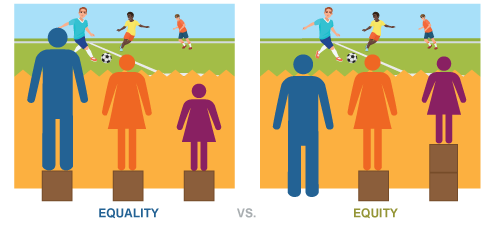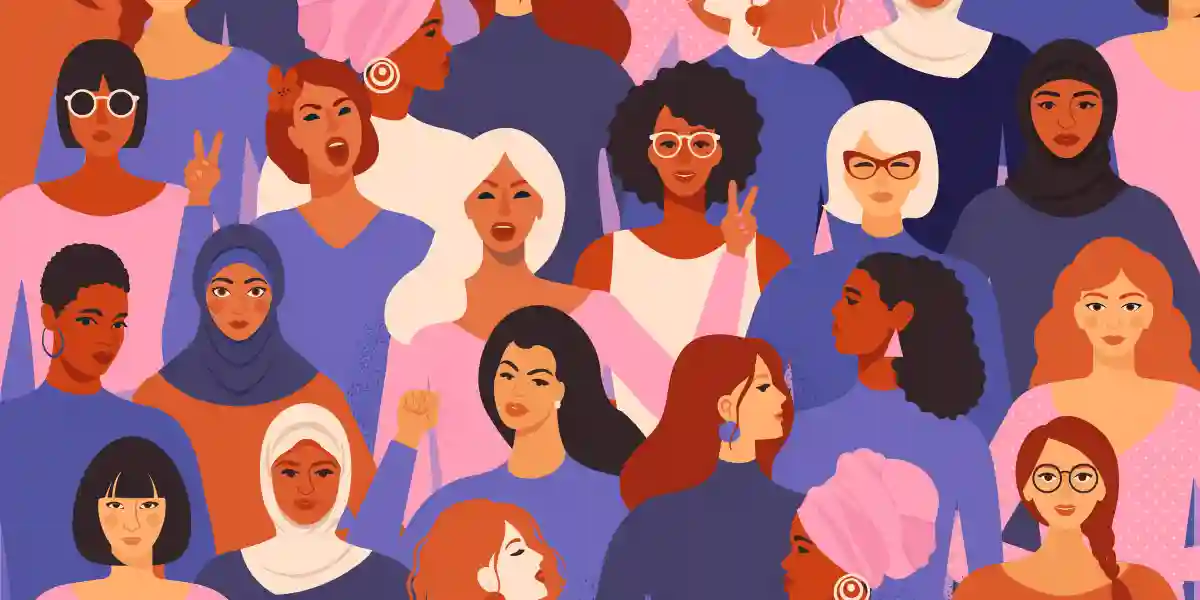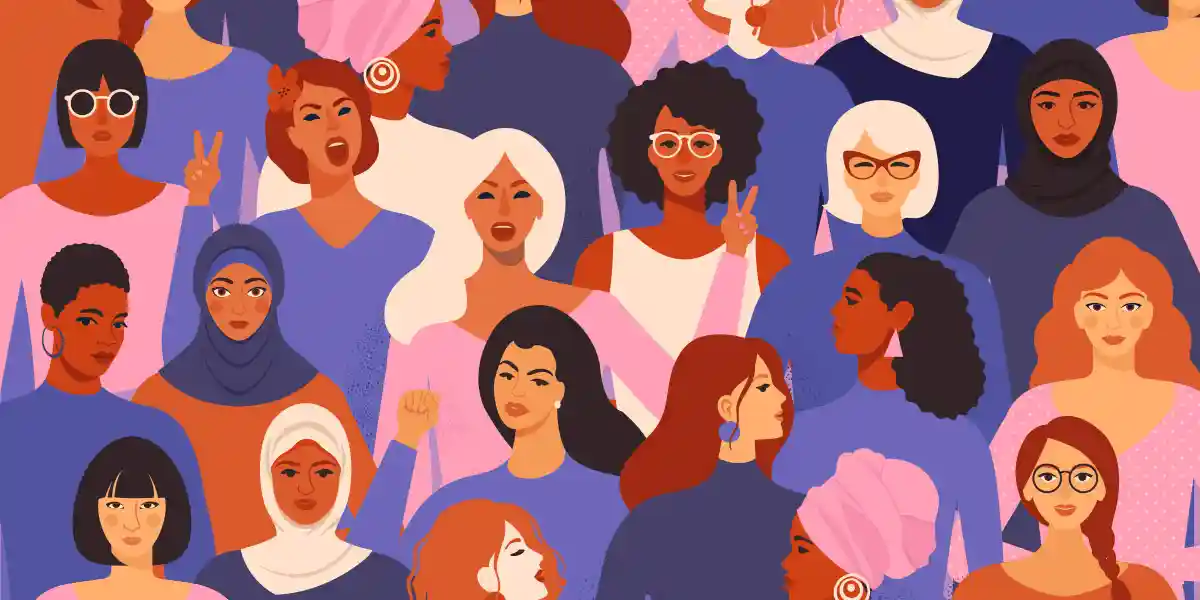“I couldn’t imagine my colleagues treating someone this way,” says one woman in the room, taking off her headset. She’s a white, upper-class VP with 20 years of tenure at her organization. We’re discussing a virtual reality simulation that allows leaders to experience what it’s like to be excluded at work. A few seconds later, a 30-something woman of color in her first management role shares a vastly different reaction. “This is my daily reality.”
As the virtual reality product manager at DDI, I have conversations like this one on a weekly basis. Our newest simulation, “Can’t Win,” offers an opportunity to take on the perspective of someone being devalued and dismissed at work. Learners step into the shoes of a team member pitching an idea in a meeting; they encounter interruptions, unfair assumptions about their qualifications, and mixed messages from leadership on how to be heard. For some, the experience feels very familiar, for others, completely foreign.
Interestingly, prospective clients will often ask, “How do women respond to this simulation?” All I can say is, “Which woman?”
It would be inaccurate to claim there are no trends in the ways women react to “Can’t Win.” However, I will say that the most salient—and frankly, most interesting—is the variance.
These differing reactions serve as a powerful reminder: women’s experiences in the workplace vary drastically for different types of women. Thus, efforts to empower women leaders must explicitly flex for their unique challenges and needs.
Enter, intersectional corporate feminism.
The case for intersectionality
Intersectionality has been a commonplace phrase in feminist rhetoric since Kimberlé Crenshaw coined it in the late 80’s. Essentially, intersectionality refers to the notion that the combination of different identity dimensions—race, class, sex, gender, position, age, sexuality—has a dramatic influence on the way we experience the world. This intersection of identities leads to distinct obstacles and/or privileges that those who share some but not all our identities may not experience.
Too often, HR stakeholders tasked with empowering women leaders fall into the trap of a one-size-fits-all approach. The appealing aspects of such an approach are numerous, chief among them being increased simplicity. However, research shows that there’s a tradeoff: gains in simplicity mean sacrifices in efficacy.
Often, one-size-fits-all approaches to advancing women in leadership, fail women who are doubly or triply marginalized, because—especially, in Western workplaces—these efforts focus implicitly on solving for the challenges of white, middle-class, cisgender women as the default. However, as organizational demographics evolve, singular attempts to empower women leaders leave out more women than they benefit.
Today, we see drastic inconsistencies in women’s success when data is spliced by the identity dimensions of race, sexuality, and ability-level in particular. Based on 2019 research conducted by LeanIn.Org and McKinsey & Co., in the US and Canada, women make up 38 percent of frontline leader level positions. Of these manager roles, white women hold 27 percent and women of color hold only 12 percent. At the executive level, the disparity grows. White women hold 18 percent of roles, whereas women of color hold 4 percent.
While representation across the corporate ladder is an important metric for highlighting women’s varied experiences at work, it’s also relevant to evaluate perceptions of fairness. McKinsey’s data shows that 21 percent of women with disabilities and 26 percent of black women feel they have equal access to sponsorship, compared to 30 percent of women as a whole. Meanwhile, 36 percent of both women with disabilities and black women feel that promotions are fair and objective, compared to 46 percent of women as a whole. When it comes to experience with microaggressions, about one in four lesbian or bisexual women report hearing demeaning remarks about people like them, compared to 16 percent of all women. And the list goes on.
And we’ve all read the statistics about the wide gaps between projections of when various groups of women will achieve pay equity depending on their race.
Of course, these discrepancies are largely a function of systemic and cultural barriers in society, not just failing women’s advocacy programs. However, infusing intersectionality into policies and practices aimed at advancing women leaders will move the needle.
So, we need to do better, but what does better look like?
Embracing intersectionality means embracing nuance, which adds complexity to decision-making and program-design. It won’t be straightforward or easy, but I can offer a place to start. To ensure an environment where everyone can thrive because of, not in spite of, the differences they bring to the table—follow these three steps:
1. For expertise on your population, ask the experts.
In the world of product management, we take a human-centered design approach to building products that solve persistent and painful challenges for our customers. As a set of principles, human-centered design prioritizes one simple notion—empathy—as the key to uncovering needs and illuminating solutions.
Applying human-centered design principles to intersectional women’s advocacy efforts will ensure that you’re focusing in the right places. The women leaders you are aiming to uplift are the experts on their own challenges, goals, and obstacles. Open a dialogue. Your women leaders will tell you what they need. Best of all, you’ll be surprised at the impactful efforts you might be overlooking (and how much their desirability differs by population!).
Don’t believe me? Take a look at the data. When BCG asked women, employees of color, and LGBTQ+ employees which diversity initiatives they find most impactful, the responses varied greatly. Women value flexibility, employees of color value objective recruitment and sponsorship, LGBTQ+ employees value bias mitigation—meanwhile, all groups value leadership development training and antidiscrimination policies.
But BCG’s data isn’t a cheat-sheet. First of all, it stops short of a truly intersectional analysis by breaking female employees into a separate group and lumping all employees of color together. Moreover, these datapoints are representative of a wide cross-section of leaders, things could look very different for your particular population. So, it’s important to have a conversation directly.

2. Remember, diverse populations require diverse solutions.
If you find that women at your organization need different interventions in order to thrive at work (hint, you will!)—don’t be afraid to tailor your approach by population. Remember, equality is about giving everyone the same supports. But equity is what really levels us, and sometimes it requires different supports for different folks.
3. Use multi-dimensional metrics to track multi-faceted impact.
To measure the success of your efforts to empower women leaders, lean on metrics that track engagement, retention, promotion, salary, and representation. To evaluate whether your efforts have moved the needle for all women, it’s important to slice the data by demographic. Ask, how are trans women stacking up to the broader population when it comes to engagement? How are women with disabilities comparing to the whole when it comes to promotion rates? If your efforts to advance women leaders are working for certain groups disproportionately, it’s important to investigate what’s not working and adjust accordingly.
So, on this international women’s day, let’s infuse some intersectionality into our corporate feminism. At the very least we’ll honor the late great Audre Lorde who taught us that, “I am not free while any woman is unfree, even when her shackles are very different from my own.” At the very most, we’ll transform what it means to be a woman at work by creating an experience that’s a little more equitable, a little more inclusive, and a whole lot better for business.
Sage Krombolz is a product manager at DDI where she spends her days building virtual reality and intersectional diversity and inclusion offerings that aim to revolutionize the way we develop leaders. As a used-to-be-philosophy major, Sage is driven to create more introspective, intentional, and authentic workplaces. If she’s not alone in her cube talking to a VR headset, she’s probably thrifting treasures at a secondhand shop in Pittsburgh or color coding her bookshelf.
Topics covered in this blog

